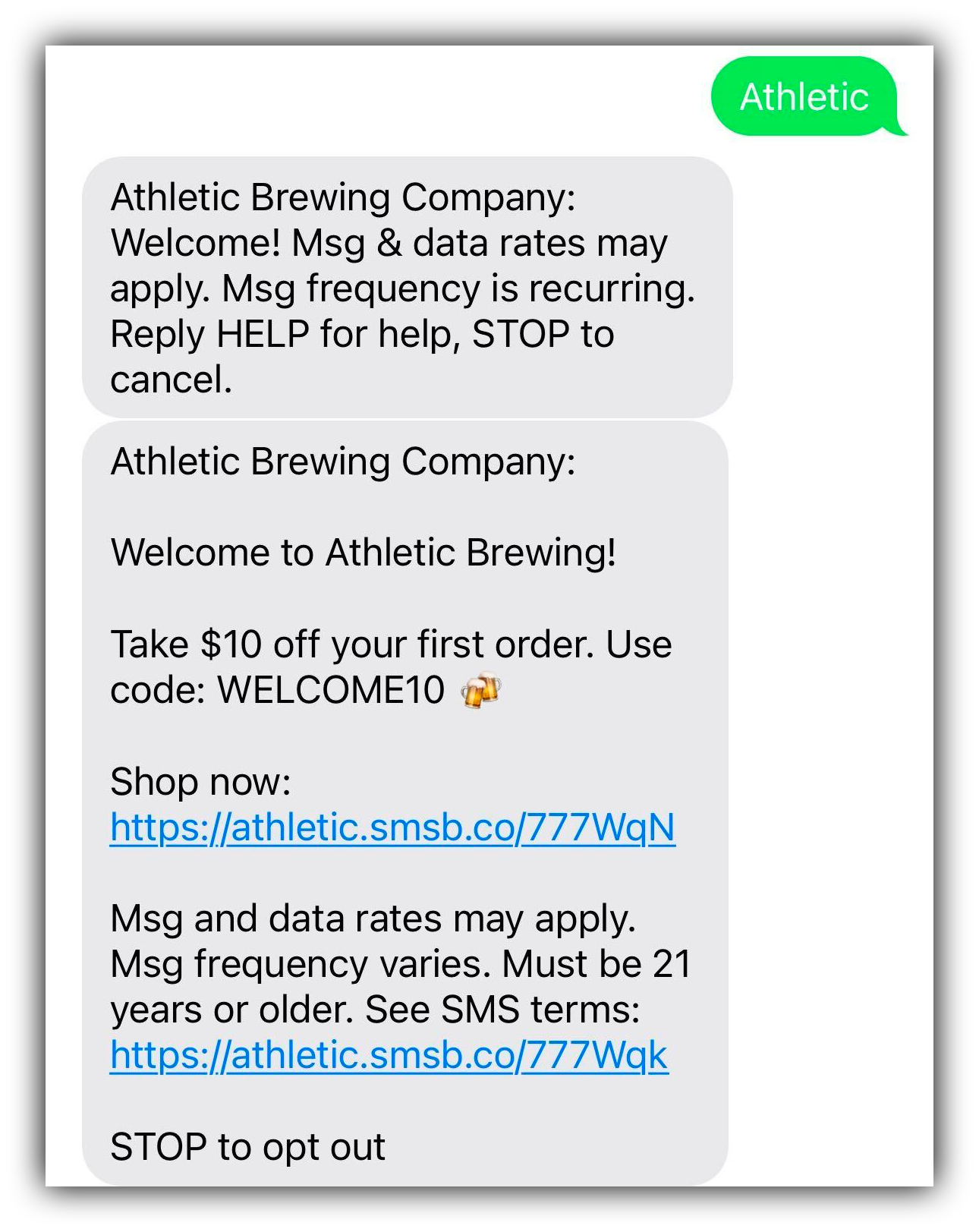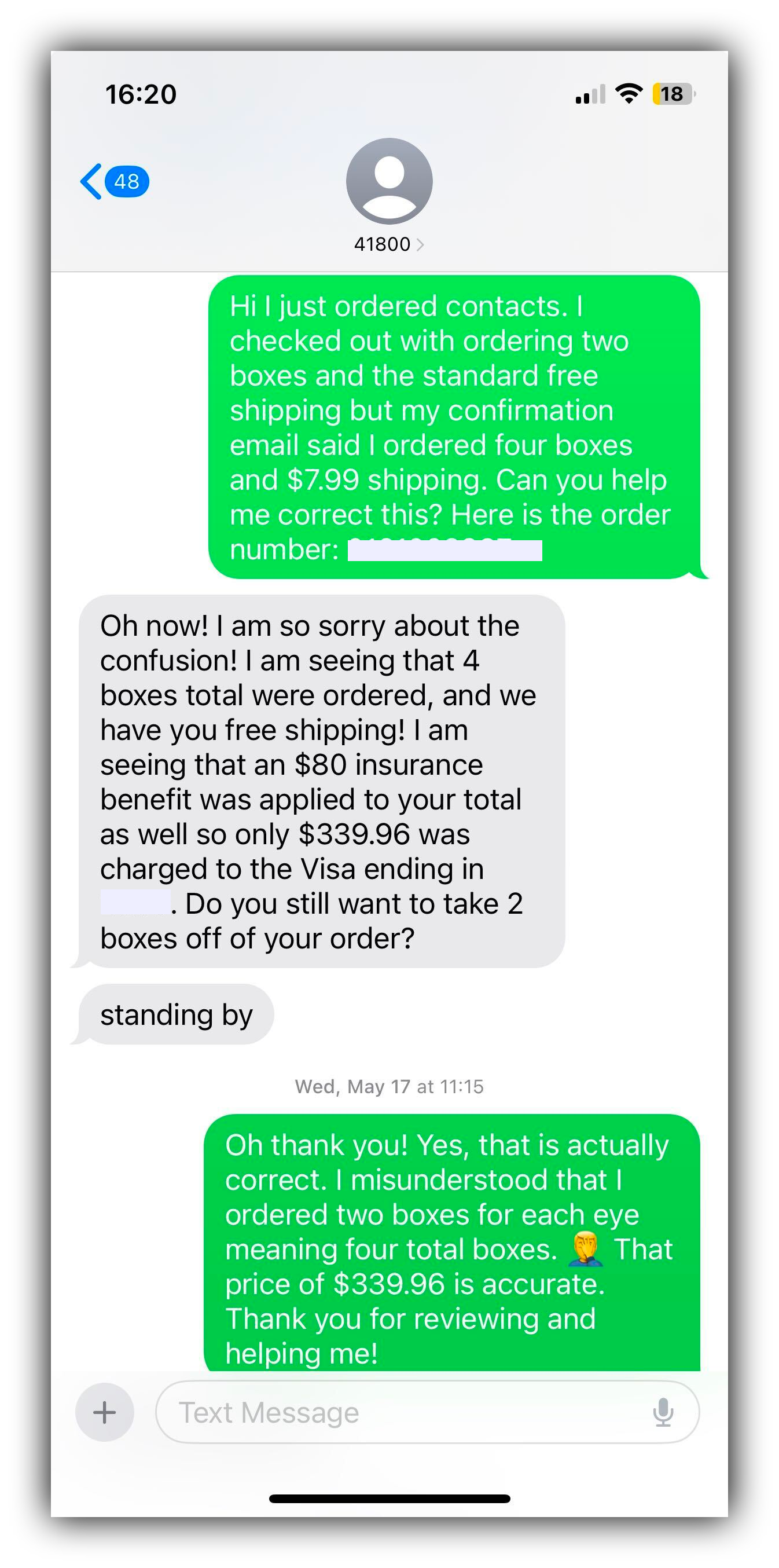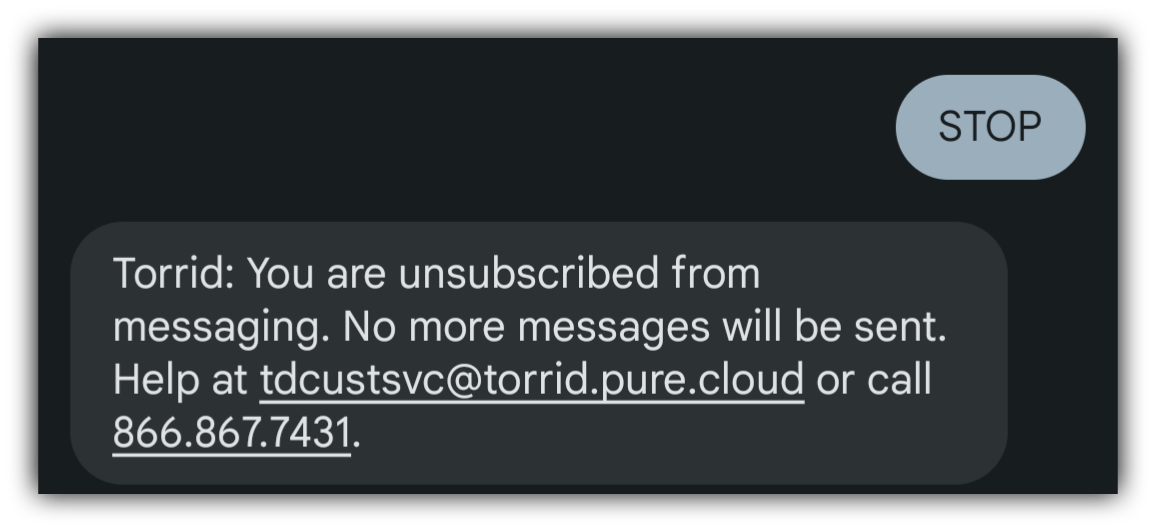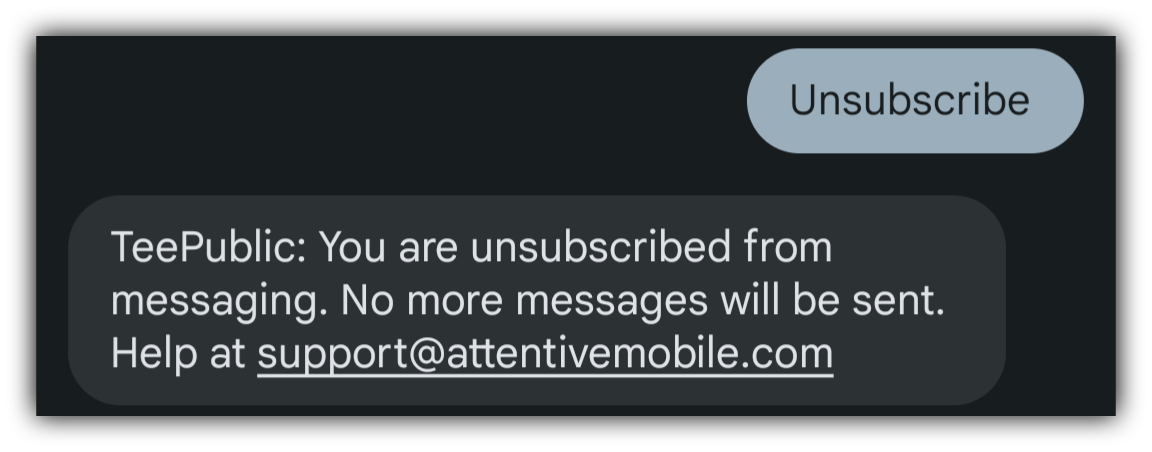Opt-out compliance made simple (with opt-out text message examples)
Don't let opt-out compliance confuse you. Here's a simple, straightforward guide to keeping subscriber opt-outs compliant.
It is perfectly legal to text someone who has opted into your texts, but you must provide your subscribers clear instructions on how to opt out and you must honor their wishes if they unsubscribe.
Now, let’s break it down further.
⚠️ This advice is for informational purposes only and is neither intended as nor should be substituted for consultation with appropriate legal counsel and/or your organization’s regulatory compliance team.
Where to include your opt-out instructions
You need to make it clear how to opt out of your messages. Where do those instructions go?
The opt-in call to action
You’ll need an opt-in method with a clear call-to-action (CTA) to get SMS subscribers. That CTA also needs to include instructions on how to opt out of messages.

Note how the disclaimer on this SMS call to action example includes, “Reply STOP to end” as opt-out instructions.
The opt-in confirmation text message
For programs that include recurring messages, confirmation messages must include clear opt-out instructions.

Notice how in this example the first message after opting in via keyword is the opt-in confirmation message. That message contains opt out instructions, “Reply HELP for help, STOP to cancel.”
Note: SimpleTexting is the only business texting service provider that automatically sends a free opt-in confirmation message on your behalf.
How often to send opt-out instructions based on message type
There’s also the question of how often you should remind your subscribers about how to opt out. The answer depends on which type of messages you’re sending.
Promotional messages: once per month
For those sending recurring promotional messages, you’ll need to send your opt-out instructions once a month.
The CTIA’s Short Code Monitoring Program handbook states, “Opt-out instructions must be provided at regular intervals and at least once per month.”

Note how this promotional message example from Bright Cellars includes opt out instructions at the end, “Text STOP to opt-out”.
💡 Tip: We recommend including opt out instructions in all promotional messages. This way, you won’t risk “forgetting” to provide opt out instructions in a given month and risk being out of compliance.
Informational messages: once per month
Just like promotional messages, informational messages sent on a recurring basis require you to send along your opt-out instructions once per month.

Conversational messages: not needed when replying to an inquiry
Since replies to a specific inquiry don’t fall into the category of recurring messages (replying to a question via text message is covered as implied consent), you won’t need to send along your opt-out instructions with a one-time conversational message.

How to respond to an opt-out request
So, what happens when someone does opt out of your texts?
You must send an opt-out confirmation message
First thing, you have to send a message confirming that the subscriber has opted out of your texts.
This confirmation message is to notify the recipient that they’ve opted out — and it should be the very last message you send them. According to the CTIA, your opt-out confirmation message must also include, “Program (brand) name OR product description” like this example from Torrid:

Note: SimpleTexting automatically sends opt-out confirmation messages for standard language like “STOP”.
You must read and act upon opt-out requests with normal language
By “normal language,” I’m referring to opt-outs that use words other than the standard “STOP.” That might be:
- End
- Cancel
- Quit
- Unsubscribe
- Stop
- Please opt me out
CTIA regulations say that you must still honor these opt-outs and act on them the same way you would if a subscriber sent the word “STOP”, like this example from TeePublic:

That said, you should still use standard “STOP” wording in your opt-out instructions. This will prevent opt-outs from getting complicated.
You must act on opt-outs quickly
The TCPA states, “Failure to comply, within the shortest reasonable time, as determined by the Commission, with such a request […] is unlawful”.
While we can’t give you a certain period of time, we recommend setting aside a little time once a week to review your Inbox to manually remove folks from your list that have expressed a desire to stop receiving your text messages.
Key takeaways
Hopefully, you now have a clear idea of the rules and regulations around text message opt-out compliance. To make it even easier to remember, here are a few key points to keep in mind:
- Calls to action to join your text message list must include opt out instructions. This can be as simple as, “Reply STOP to opt out.”
- Promotional and information text messages require opt-out instructions in a single text message at least once per month. We recommend including opt out instructions in all promotional and informational messages as a best practice.
- Monitor your Inbox for unsubscribe requests that automation may miss and manually opt contacts out. We recommend setting aside a little time once a week for opt-out management.
When in doubt, refer to the TCPA and CTIA guidelines to tell you how to handle your opt-outs and opt-out instructions.
⚠️ This advice is for informational purposes only and is neither intended as nor should be substituted for consultation with appropriate legal counsel and/or your organization’s regulatory compliance team.
Nathan Ellering contributed to this piece.